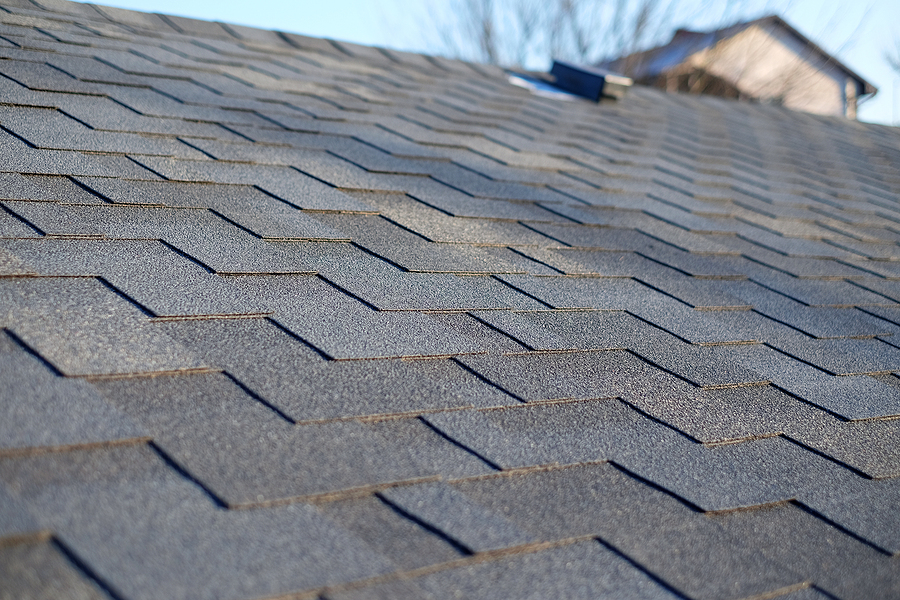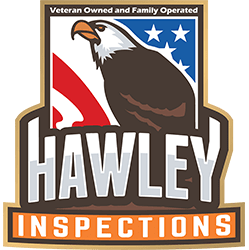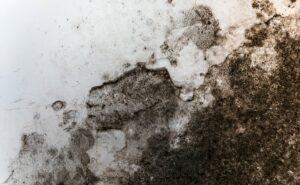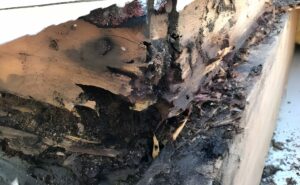
Your roof keeps you and your family safe – June 18, 2020
How is your roof?

According to the Federal Emergency Management Agency (FEMA), during storms, your roof does a lot to protect your home. Besides keeping you and your family safe from rain, lightning, sleet, hail, and windblown debris, it keeps the inside of your home dry and can even act as a structural diaphragm in certain situations, keeping your home from falling down around you. In order to protect the home, your roof must resist both high and low-temperature extremes, rain, high winds, exposure to ultraviolet radiation, snow, ice formation, and hail.
Of all the hazards your roof faces, the wind is the most problematic according to FEMA. Living in the Midwest, you already know extreme weather with high winds or tornadoes can devastate a home. Even an average Midwestern thunderstorm can wreak havoc on a home’s roof. When wind force is greater than the roof system can handle, it can be disastrous. Wind can tear roof coverings from roof decks. It can separate roof decks from framing. And roof punctures from windblown debris can seriously impact the roof’s integrity.
Repeated exposure to wind events can wear down a roof’s first line of defense, the roof covering. Choosing the right roof covering for your home can make a big difference in how it weathers the storm. Homeowners have a lot to consider when balancing style and budget with performance.
If your roof is flat
Built-Up Roofing (BUR): Hot-mopped built-up roofing (BUR) is one of the oldest types of roof coverings for flat roofs. They’re installed using several layers of roofing felt impregnated with asphalt and hot-mopped with a low-grade crude oil called bitumen.
Hot-applied coal tar pitch blends with the bitumen-soaked felt creating a fused roof membrane generally two to four layers thick. Finely crushed stone granules may be applied to the top layer of tar to give the roof additional protection from the elements. A BUR roof is relatively inexpensive. If well maintained, it can last 20 to 30 years.
Torch Down Roofing: Sometimes called “torch on” roofing, it requires an open-flame propane torch for installation. Torch down roofing is the most common type of roofing used on flat or very slightly pitched roofs. It’s a two- or three-layer roofing product consisting of a tough membrane of bitumen modified with rubber or plastic and embedded in a thick layer of asphalt. Torch down roofing can tolerate changing temperatures well and expands and contracts without melting or cracking. It’s usually a little more expensive than BUR roofing, but it also tends to be more resistant to punctures and UV rays.
Membrane Roofing (Rubber Roofing): Single layer membrane roofing is the most popular for commercial buildings, but it’s being used in residential roofing too. EPDM (ethylene propylene diene monomer) rubber roofing is perhaps the most synthetic rubber is the most common single-ply membrane roof material in both residential and commercial use. It’s also one of the more durable options for homes with flat roofs. Installed as thin sheets and is made of rubber or polymer, they’re flexible, elastic, and can handle temperature changes better than built-up roofs (BURs). It also costs a little more with a similar lifespan.
If your roof is a pitched roof
Asphalt Shingles: Widely considered the best choice for most homes. They are relatively light, inexpensive, and easy to install. Sheets of roofing are layered to give the illusion of more expensive single shingles, like cedar or slate, that are installed one shingle at a time. This means the asphalt shingles take less time to install. An asphalt shingle roof typically has a lifespan of 12 to 30 years.
Metal Roofing: Metal roof covers are an Eco-friendly choice that’s highly recyclable and energy-efficient. It’s also wind and fire-resistant. The most common type of metal roof is the standing seam roof. It’s made up of aluminum or steel roofing panels with interlocking raised seams. Installation is generally faster than most other roof covering types.
For those who want the longevity and fire resistance of the metal, but don’t like the look of standing seam roofs, metal shingles fill the bill. These steel or aluminum shingles or shakes can mimic asphalt, wood, or slate shingles, or even clay tiles. Metal roofs can last 30-50 years or more but typically cost four to five times as much as asphalt shingles.
Clay Tile: This is a traditional choice that offers an exceptional aesthetic appeal. They can be left as unglazed red clay tiles or glazed and fired to become ceramic roofing tiles. Clay tiles have been used to cover roofs for centuries. They’re particularly good at resisting salt and heat damage, making them a popular choice in desert and coastal areas. They are a rather expensive choice, costing as much as $30 per square foot. But since a properly maintained clay tile roof can last more than a century, they are a one-and-done solution.
Concrete Tile: If you love clay tile but just can’t bring yourself to pay the price, concrete tile presents a similar-looking, but less expensive option. Unlike clay, concrete tiles can be dyed to taste. Because it is molded, concrete tiles can be shaped to mimic rolled clay tiles or low-profile roofing like wood shakes. Concrete tile is a very heavy roofing material, making it a good choice in high-wind regions. It’s also fire-resistant, lasts up to 50 years, and is little as half the price of clay tiles.
Wood Shake and shingles: Wood shingles are precision sawed, thin slabs used to cover the roof. Wood shakes are hand-cut, making them thicker and more durable than machine-made wood shingles. Wood is a good insulator, and hand-cut shake shingles can last up to 40 years in a relatively dry climate with proper maintenance. But wood is not very fire resistant and moisture can shorten the lifespan of a wood roof considerably. They are one of the more expensive options but are also considered one of the most attractive roof covers on the market today.
Slate: Very popular for historic buildings, slate roofing is very long-lasting and durable. Slate shingles are thin sheets of real stone. This traditional choice combines beauty with enhanced protection, making it one of the most desired roof coverings available. It’s pricier than most other options, costing double or triple the price of even clay tiles. A slate roof represents a compromise between cost and near-permanence since slate roofs have been known to last centuries.
Synthetic Slate: Love the look of slate shingles, but not the price? Enter synthetic slate shingles, also called rubber slate. These engineered shingles look surprisingly similar to natural slate from the ground. Made from engineered polymers and recycled plastic and rubber, synthetic slate is a lightweight alternative that makes it an option for houses that can’t support natural slate’s the heavyweight. The rubber slate shingles are not as durable as slate but can last 50 years or more. They’re also priced closer to the cost of wood shake or metal shingles, making them much more affordable than real stone.
With all the roof covering choices available to homeowners, there really is something just right for everyone. Just as each type brings a unique style and benefit to the task, it also brings its own shortcomings and wear issues.
A Certified Roof Inspector is well versed in the positives and negatives of each roof covering type. They have the specialized training to properly gauge the condition of the roof covering, spot installation issues, weather damage, and wear issues that could compromise your roof’s integrity.
Since the roof covering is your roof’s first line of defense against the elements, it’s important that your home inspector has the expertise needed to properly inspect the roof. Protect your investment. Insist on a certified roof inspector.
For more information about our Warranties
Warranty
Check us out at the Better Business Bureau




